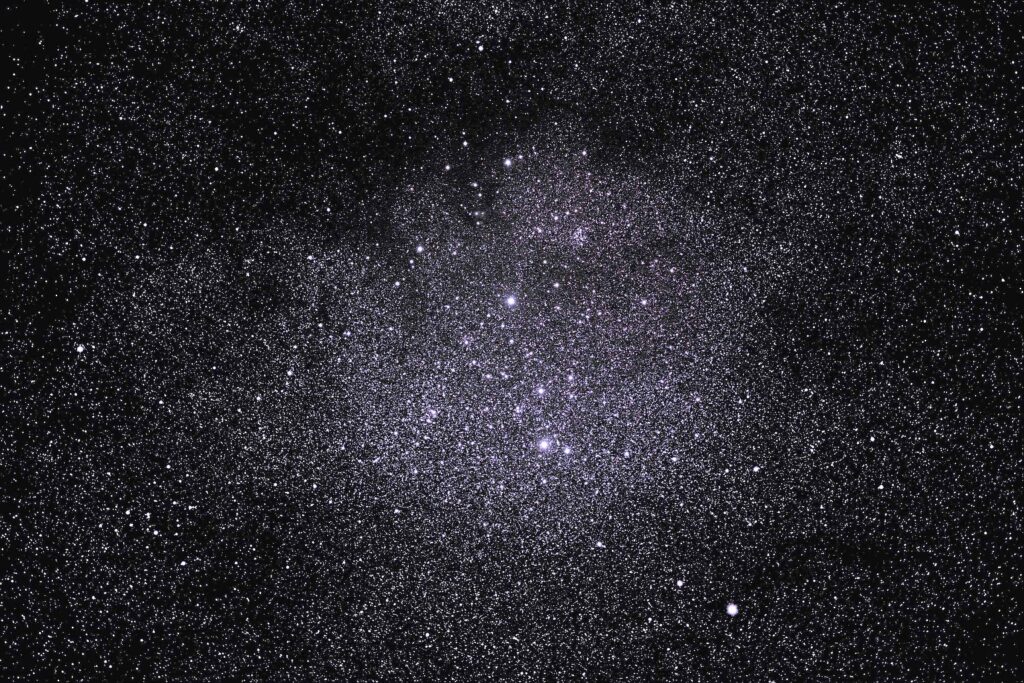Our planet is some 30,000 light years from the center of the Milky Way galaxy. When you see the "Milky Way" overhead on a summer night under dark skies, you are seeing the center or core of our giant, spiral galaxy. The vast majority of stars in our galaxy are in the core, and they diminish significantly the further you proceed outward. An analogy would be looking at the hub of a wheel from the end of one of the spokes. Most of the mass is in the line of sight pointing toward the hub. So it is with our galaxy. Stellar density increases dramatically in the direction of the Milky Way, and quickly diminishes as you look away.
Two hundred years ago British astronomer William Hershel deduced that this region must be the center of our galaxy since the stellar density is so much greater than in other areas of the sky.
In fact, the billions of stars in the core of our galaxy are so energetic that you could easily read the local newspaper sitting in your garden were it not for the obscuring effect of dust and gas clouds along our line of sight. But in a few places there are "windows" in the dust and gas that allow us to gaze deeply, as through a tunnel, into the center of the galaxy.
This image depicts a concentration of the Milky Way in the constellation Cygnus.
The Milky Way in Cygnus
Date Taken:August 26, 2008
Location Taken: Conditions of Location: Equipment Used:Takahashi Sky90 3.5" apochromat refractor telescope with field flattener, SBIG ST-10XME CCD camera, Astrodon RGB filters.
Processing Used: Distance from Location: Constellation:Cygnus (the "swan")
Other Link:
